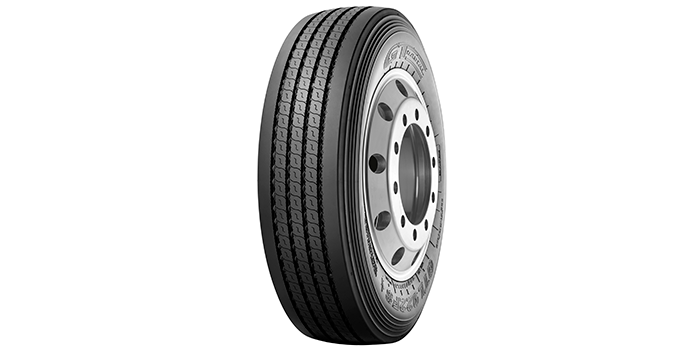An effective tire policy must address the four key elements that contribute to the extended life of any tire: air pressure; rotation; mechanical maintenance of the vehicle; and speed. While maintaining the proper overall maintenance of steer and drive tires is relatively simple and achievable, the overall maintenance of a trailer tire is the most challenging since trailers are frequently rotated or released in a route or during delivery change. Their maintenance level is one the poorest all equipment considered: tractors, dollies, trailers, etc.
Giti Tire (USA) Ltd., which sells and markets GT Radial commercial tires in North America, outlined a few best practices to keep in mind when pulling together you tire maintenance policy.
Want more maintenance tips? Check out our Timely Tips archive by clicking here.
Air pressure
For every 10% of tire under-inflation on a vehicle, a 1% reduction in fuel economy will occur which, although this small in amount is actually big when you multiply it by tire positions, number of trucks in a fleet and miles run per year. By running a tire constantly underinflated by 20%, its tread life will be reduced by 30%, while 40% under-inflation will reduce the tire life by 50%; not to mention factors like: Irregular wear; higher thermal; mechanical fatigue of the casing; lower retreadability; and premature failure.
Rotation
The periodical rotation of tires will not only prevent or reduce the inevitable irregular wear (camber, river wear, toe-in the front axle; heel and toe, step-down in the drive axle), but also will extend the life of the tires and will contribute to smoother, more fuel efficient performance. Vehicle alignment: This is one of the top contributors to fast wear, irregular wear and fuel economy in all the tires on the vehicle and is associated with other physical effects like the entire aerodynamics of the trailer with subsequent additional impact in fuel economy (2% or more).
Speed
Because rolling resistance increases with speed, for every mile per hour (MPH) increase in speed above 55 MPH, there will be a 2% reduction in miles per gallon. Therefore, a change from 55 to 65 MPH will result in a 22% increase in fuel consumption while reducing only 18 % the travel time. High speeds cause higher thermal and mechanical fatigue of the casing, lower retreadability and potential premature failure.
Maintenance is key
Having a well-synchronized air pressure maintenance program between drivers and your shop should be the single most important element of your tire policy and is the easiest to administer. It has the biggest impact on fleet costs associated with tires, including: fuel consumption, wear life, irregular wear, etc.














